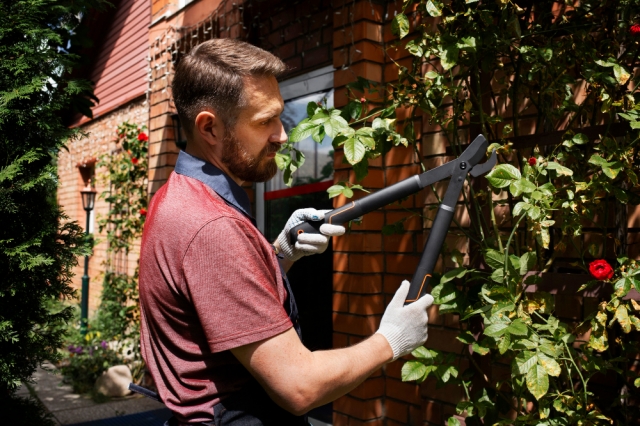The practice of pruning, or tree trimming, is a critical aspect of horticulture that enhances the health and vitality of trees. This article delves into how strategic pruning contributes to a tree's prosperity and overall well-being.
Understanding Pruning
Pruning involves the selective removal of certain parts of a plant, such as branches, buds, or roots. The primary goals of pruning are to remove unwanted parts, maintain the plant's shape, and improve its growth. In the case of trees, pruning is essential for removing damaged branches, promoting a robust structure, and ensuring safety by preventing branch failures.
Best Practices in Pruning
1. Timing: The best time for pruning most trees is during the dormant season when the tree is not actively growing. This timing helps in faster recovery and reduces the risk of disease. However, the specific timing can vary based on the tree species and local climate conditions.
2. Technique: Using the right technique is crucial for effective pruning. Cuts should be made at the correct location to avoid damaging the tree. It is generally recommended to cut just outside the branch collar to promote proper healing.
3. Professional Guidance: While basic pruning can be performed by individuals, for extensive pruning or tree removal, particularly in large or mature trees, professional arborists should be consulted. They can provide the expertise needed to prune correctly and safely.
Benefits of Pruning for Tree Health
1. Disease Management: Pruning plays a pivotal role in disease prevention and management. By removing diseased or pest-infested branches, the spread of pathogens and insects can be controlled. This not only helps in maintaining the health of the tree but also protects the surrounding flora from getting infected.
2. Improved Air Circulation and Sunlight Penetration: When a tree's canopy is dense, it can inhibit air movement and reduce sunlight reaching the inner parts of the tree. Strategic pruning helps thin the canopy, improving air circulation and increasing sunlight exposure. This enhanced environment reduces the likelihood of fungal infections and promotes better photosynthesis, leading to vigorous growth.
3. Encourages Fruit and Flower Production: In fruit trees, pruning is crucial for improving yield. By cutting back overgrown branches, more energy is directed towards the production of fruit rather than maintaining excess foliage. This not only increases fruit size and quality but also ensures a more uniform distribution of fruits throughout the tree.
Pruning for Structural Integrity
1. Safety: Overgrown or dead branches can pose significant safety risks, especially during severe weather conditions. Pruning these branches ensures safety for both the tree and its surroundings by reducing the weight and minimizing wind resistance.
2. Structural Training: For young trees, pruning is vital for shaping the future growth of the tree. It helps in developing a strong trunk and well-placed branches. This formative pruning is crucial as it determines the long-term stability and aesthetic appeal of the tree.
3. Preventing Overgrowth: Regular pruning prevents trees from becoming overgrown and encroaching on buildings, power lines, or other structures. It helps maintain the tree in a suitable size and form, aligning with its environmental context.
In conclusion, pruning is not just a maintenance task; it is a vital cultural practice that enhances the health, vitality, and productivity of trees. By understanding and implementing proper pruning techniques, one can ensure that trees not only survive but thrive in their environments, contributing to both ecological balance and aesthetic beauty.






